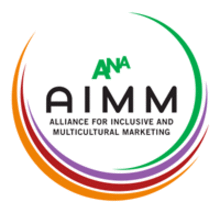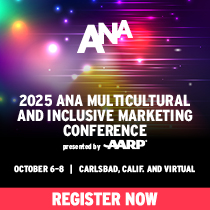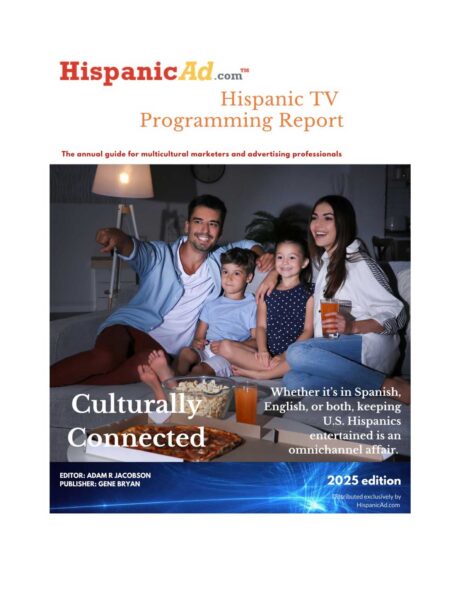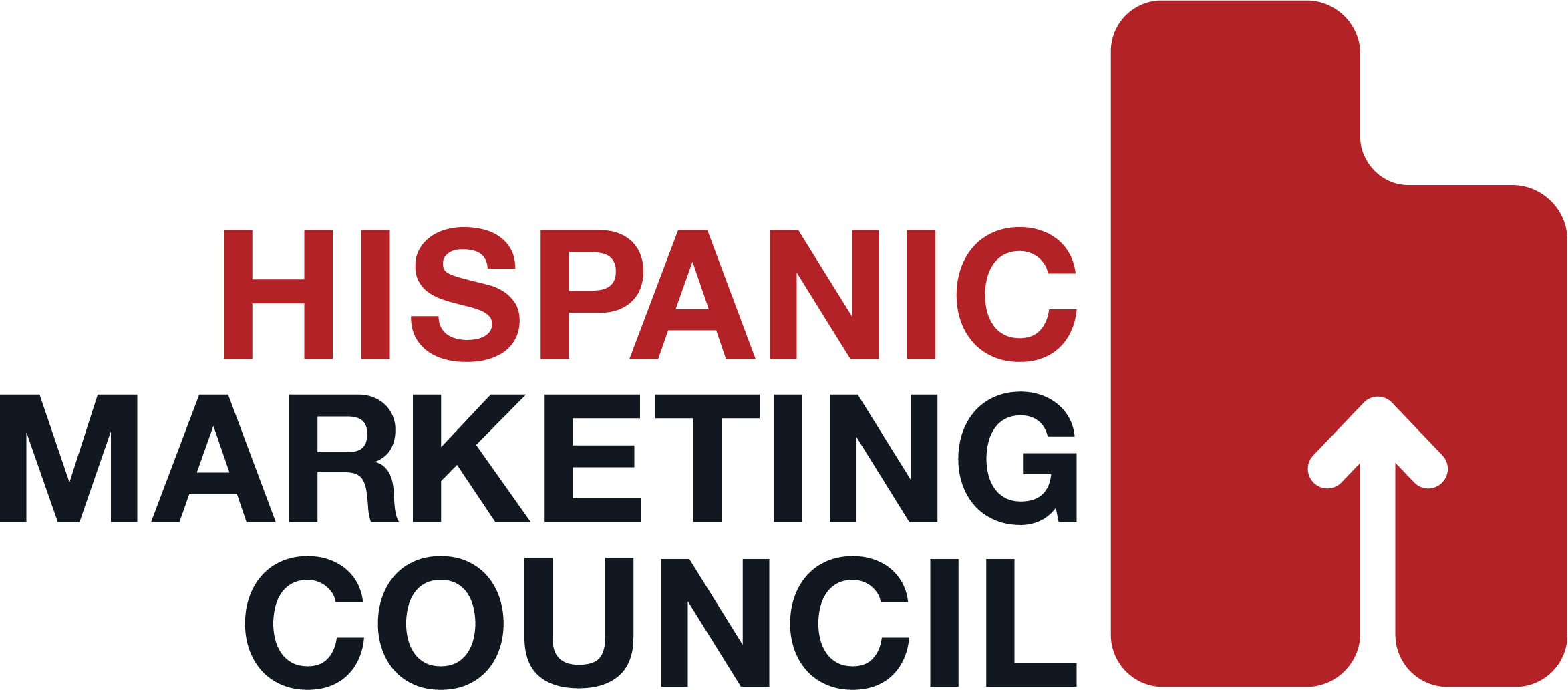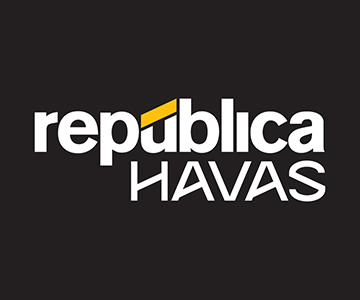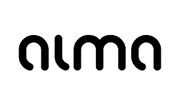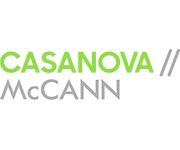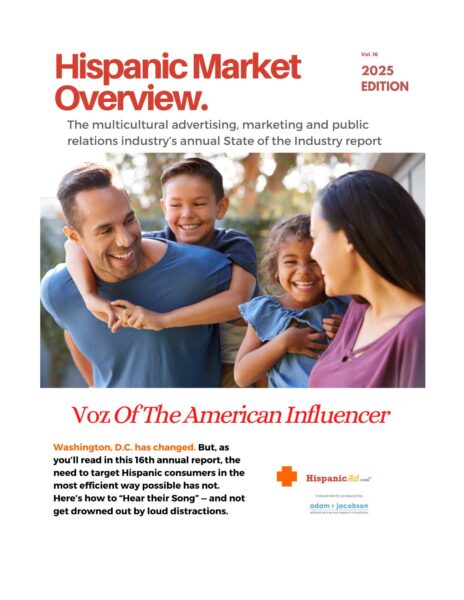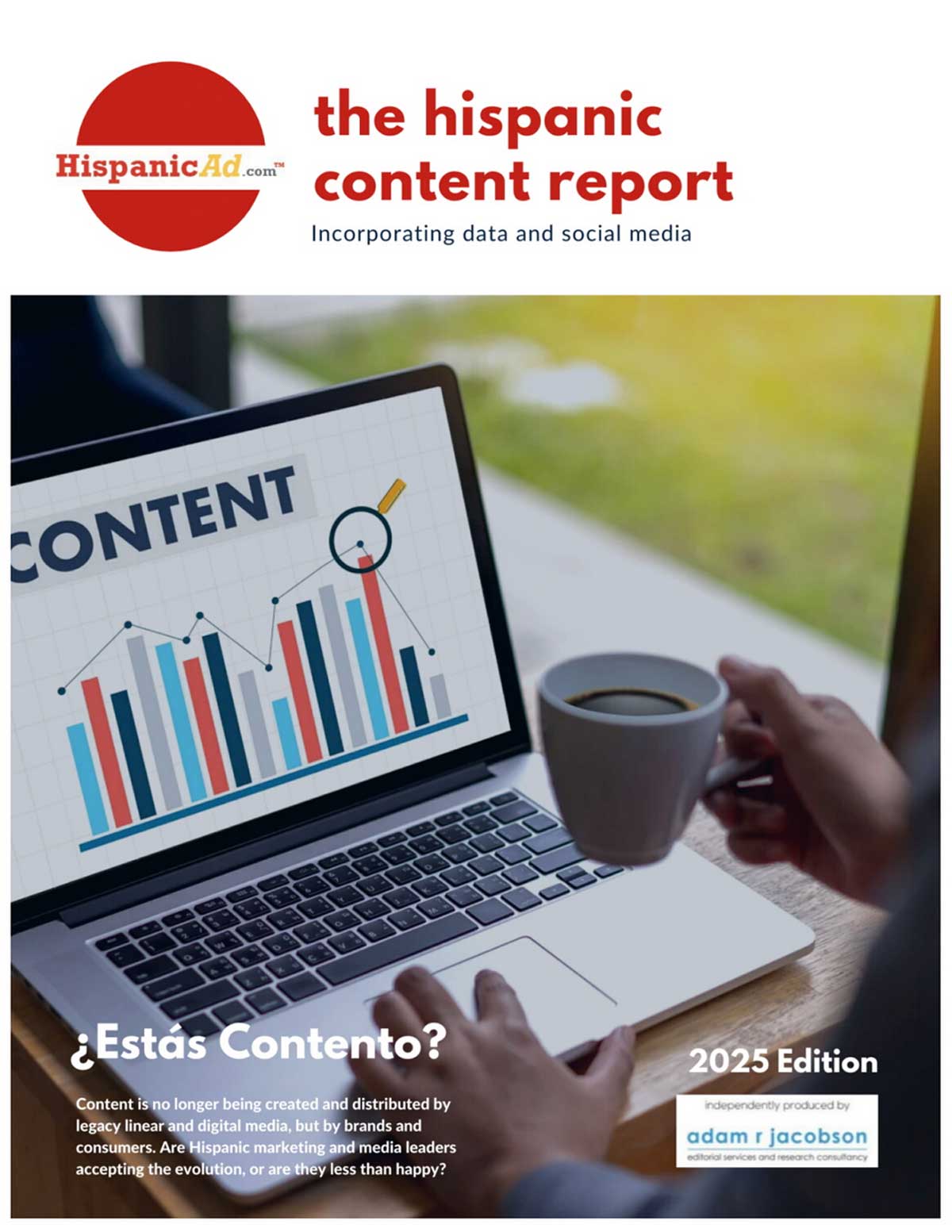Millennials, Politics and Social Media Usage
January 20, 2016
![]() Not only did more than eight in 10 internet users ages 18 to 29 have a Facebook account, based on polling by Harvard University Institute of Politics and GfK, but it was also the only site studied where Republicans and independents were both more-represented than Democrats.
Not only did more than eight in 10 internet users ages 18 to 29 have a Facebook account, based on polling by Harvard University Institute of Politics and GfK, but it was also the only site studied where Republicans and independents were both more-represented than Democrats.
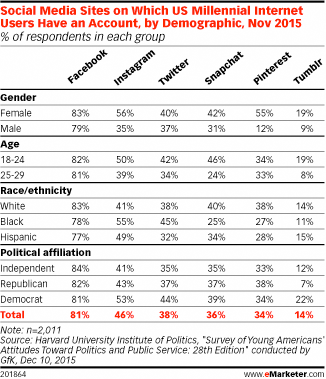 Instagram was the No. 2 site overall among the millennials surveyed. More than half of millennials who self-identified as Democrats said they had an Instagram account—10 points ahead of millennial Republicans and 12 points ahead of independents.
Instagram was the No. 2 site overall among the millennials surveyed. More than half of millennials who self-identified as Democrats said they had an Instagram account—10 points ahead of millennial Republicans and 12 points ahead of independents.
Millennial penetration of Twitter, Snapchat and Pinterest was clustered in the 34% to 38% range, but usage of the three sites varied based on political views. Twitter was biggest among Democrats, who were 9 points more likely than independents and 7 points more likely than Republicans to use the service. Millennial Democrats were also 10 points more likely to use Twitter than they were to use Pinterest, notably larger than the 4-point spread in overall penetration between the two sites.
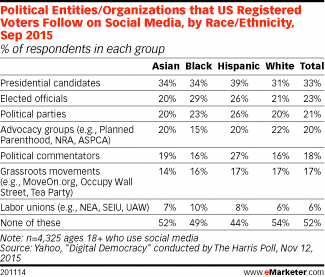 Pinterest, meanwhile, was the only site studied where millennial Republicans were more likely than any other millennial group to have an account.
Pinterest, meanwhile, was the only site studied where millennial Republicans were more likely than any other millennial group to have an account.
Tumblr was both the smallest social service studied and also the one with the biggest Democratic skew. Millennial Democrats were nearly twice as likely as their independent counterparts and more than three times as likely as Republicans to have a Tumblr account.
Social media is not the first place most voters look for information and news. According to Yahoo and The Harris Poll, just 15% of registered voters surveyed in September 2015 said they preferred to get news from blogs or social networks.
But they are still exposed to political content on such sites. Just 18% of respondents to the Yahoo/Harris Poll survey said they did not hear about political issues on social media, and about half actively followed some type of political entity or organization. Most internet users polled in October 2015 by Lab42 resarched and learned about political issues on social as well, though TV was a more source.
And the results are clear on the campaign side of the equation: Social media drives traffic. SimilarWeb reported that in September, depending on the presidential candidate, up to 38.5% of US desktop traffic to campaign websites was reffered by social media. That figure was even higher in July, when it reached 43.4%.
Courtesy of eMarketer



